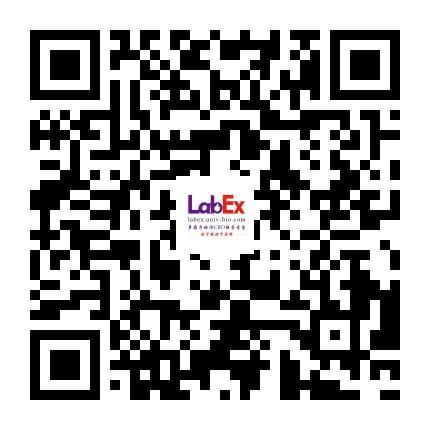Evaluation of licofelone as an adjunct anti-inflammatory therapy to biologic scaffolds in the treatment of volumetric muscle loss
Keywords:Inflammation; Skeletal muscle; Tissue regeneration; Trauma; Wounds and injuries.- Cell Tissue Res
- 3.6
- 2021 Jul;385(1):149-159.
- Rat
- Luminex
- G-CSF (CSF-3),GM-CSF,IFN gamma,IL-1 alpha,IL-1 beta,IL-2,IL-4,IL-5,IL-6,IL-10,IL-12p70,IL-13,IL-17A (CTLA-8),TNF alpha,Eotaxin (CCL11),GRO alpha (CXCL1),IP-10 (CXCL10),MCP-1 (CCL2),MCP-3 (CCL7),MIP-1 alpha (CCL3),MIP-2,RANTES (CCL5)
相关货号
LXLTR22-1
Abstract
Biologic scaffolds (BS) are the most widely studied therapeutics for the treatment of volumetric muscle loss (VML) owing to their purported effects on cell proliferation, chemotaxis, migration, and differentiation. Despite these claims, variability in reports on the nature of the immune response to their implantation suggests that BS-associated inflammation may be limiting their regenerative efficacy. To address this shortcoming, this study sought to evaluate licofelone (ML3000), a dual 5-LOX/COX inhibitor, as an anti-inflammatory adjunct therapy to a BS in the treatment of VML. Utilizing a well-established rat VML model, a micronized BS was used to treat the VML injury, with or without administration of licofelone. Functional, molecular, and histological outcomes were assessed at both 7- and 28-day post-injury time points. While the BS + licofelone group exhibited decreased transcription of pro-inflammatory markers (Tnf, Ccl5, Nos2) relative to the BS only control group, no differences in expression profile of a panel of inflammatory-related soluble factors were observed between groups. A modest reduction in type I collagen was observed in the licofelone-treated group, but no meaningful differences in histologic presentation of repaired tissue were observed between groups. Furthermore, no differences in end organ functional capacity were observed between groups. Moving forward, efforts related to modulating the wound healing environment of VML should focus on polypharmaceutical strategies that target multiple aspects of the early pathophysiology of VML so as to provide an environment that is sufficiently permissive for local regenerative therapies to promote restoration of myofiber number.
Keywords:Inflammation; Skeletal muscle; Tissue regeneration; Trauma; Wounds and injuries.
Keywords:Inflammation; Skeletal muscle; Tissue regeneration; Trauma; Wounds and injuries.
金课堂之文献解析 文献原文请点击
本网站销售的所有产品及服务均不得用于人类或动物之临床诊断或治疗,仅可用于工业或者科研等非医疗目的。







 沪公网安备31011502400759号
沪公网安备31011502400759号
 营业执照(三证合一)
营业执照(三证合一)


